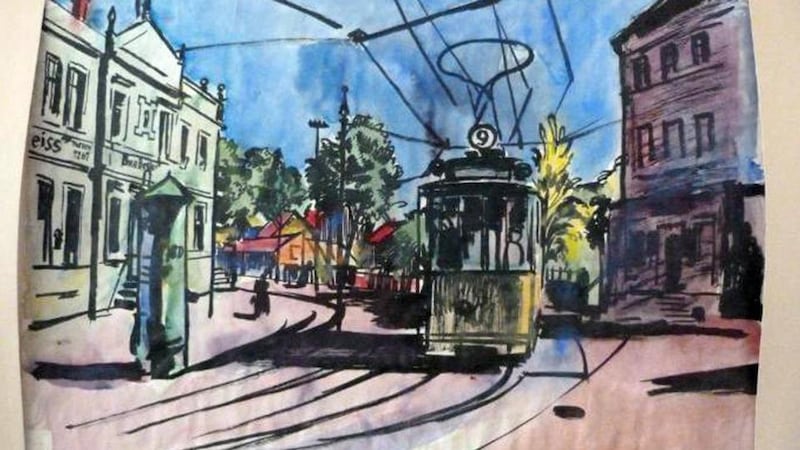Germany is facing pressure to overhaul how it deals with the legacy of Nazi-era art seizures as a legal quagmire involving competing claims to a massive Munich art find is expected.
Prosecutors in Bavaria have announced they will return as soon as possible to Cornelius Gurlitt all works "undoubtedly" his property. More than 1,400 works, including paintings by Pablo Picasso, Henri Matisse and Marc Chagall, were removed from his apartment in February 2012 to allow provenance research.
According to a report, German authorities may drop tax evasion charges against the 80-year-old if he agrees to relinquish claim on the paintings collected by his art dealer father Hildebrand Gurlitt. He has rejected the offer.

News of the looming restitution of works to Mr Gurlitt has prompted an angry reaction from heirs of Nazi-era victims and Jewish groups who have spent decades hunting for lost art works.
Art collector Ronald Lauder, president of the World Jewish Council, criticised as "less than exemplary" the announcement, two weeks after the 2012 seizure became public. "It now appears that [the prosecutor] wants to rid himself of a problem that he has been unable to handle properly for a long time. That is irresponsible," said Mr Lauder, calling for a central state commission in Germany empowered to examine all public art collections as well as laws obliging private collectors to declare works of doubtful provenance in their collections.
German investigators say about 970 of more than 1,400 Gurlitt works are still under investigation and may include modernist works dubbed "degenerate" by Nazis and seized from their owners in 1937.
Establishing provenance
Trying to establishing an art work's provenance opens the door to competing ownership claims. The Gurlitt case is a legal minefield.
First researchers have to establish who, before Mr Gurlitt’s father, owned the paintings; whether they were seized from a public museum as “degenerate”; and how they got into the museum in the first place.
They must also find out whether they were bought legitimately from private owners or sold under duress during Third Reich oppression of Jews and other minorities.
Where restitution cases involve art in public museums and galleries, Germany has committed to apply the 1998 Washington Principles, which promise a generous approach to restitution of former owners.
But for cases involving private collectors, such as in the Gurlitt case, the Washington Principles do not apply. Leading German restitution experts are divided over whether the 30-year statue of limitations to challenge Gurlitt family ownership has expired, whether it ever applied or whether it is even appropriate, given the complex and poisoned legacy of Nazi-era art and property seizures.
'Degenerate art'
Critics of the 30-year statute of limitations point out that it took 30 years before West Germany let lapse the 1938 law permitting, retrospectively, the Nazi seizure of so-called "degenerate art".
They may draw on a federal court ruling last year in the case of a disputed art collection that the statute of limitations applied not from the time of seizure but from the time the lost works resurfaced.
“The Holocaust is unique and the statute of limitations was never intended to deal with massive wartime looting perpetrated in the course of genocide,” said Mr Lauder. “Statutes of limitation serve to perpetuate injustice.”
A spokesman for the federal justice ministry in Berlin disagreed yesterday, saying statutes of limitations existed to ensure legal peace was achieved. “We take all such restitutions cases seriously,” he said. “But matters must proceed in accordance with the law and, in cases where the statue of limitations has expired, it’s very hard to intervene retrospectively to allow a restitution.”















